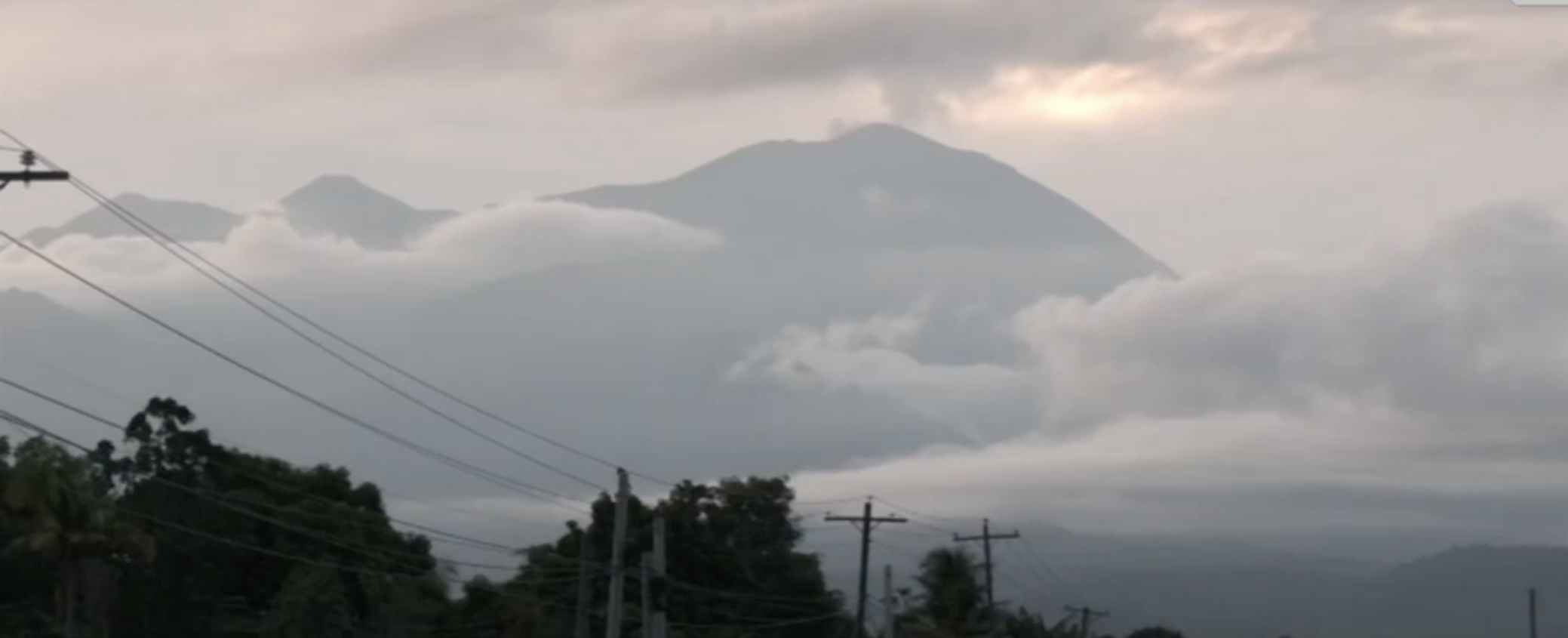Elevated volcanic sulfur dioxide gas flux is recorded at Kanlaon Volcano, according to an advisory issued by the Department of Science and Technology - Philippine Institute of Volcanology and Seismology (DOST - PHIVOLCS) at 6:30 p.m. on August 13, 2024.
Volcanic sulfur dioxide gas emission from the summit crater of Kanlaon reached 7,307 tons per day, PHIVOLCS stated.
“This is the highest emission from the volcano recorded since instrumental gas monitoring began. Kanlaon has been degassing increased concentrations of volcanic sulfur dioxide this year at an average rate of 1,273 tons/day prior to the June 3, 2024 eruption, but emission since then has been particularly elevated at a current average of 3,102 tons/day,” PHIVOLCS added.
In addition, volcanic earthquake activity has persisted at an average of nine events a day since the eruption.
Swelling of the Kanlaon edifice since March 2022 with increased inflation of the eastern flank beginning in 2023 has been recorded since.
A recorded increased inflation of the southeastern flank in July 2024 indicates slow but sustained pressurization within the volcano, the advisory further stated.
“The current monitoring parameters warn of shallow magmatic processes beneath the volcano that are actively driving unrest, causing persistent and increasing concentrations of volcanic gas emission, swelling of the edifice and persistent volcanic earthquake activity,” PHIVOLCS emphasized.
The public is reminded that Alert Level 2 (increasing unrest) prevails over Kanlaon.
This means that there is “current unrest driven by shallow magmatic processes with increased chances of leading to explosive eruptions or even hazardous magmatic eruption from the summit crater.”
The public is strongly advised to be vigilant and avoid entry into the four (4) kilometer-radius Permanent Danger Zone (PDZ) to minimize risks from volcanic hazards such as pyroclastic density currents, ballistic projectiles, rockfall and others. In case of ash fall events that may affect communities downwind of Kanlaon’s crater, people should cover their nose and mouth with a damp, clean cloth or dust mask.
Civil aviation authorities must also advise pilots to avoid flying close to the volcano’s summit as ash and ballistic fragments from sudden eruption can be hazardous to aircraft, PHIVOLCS further said.
Communities living beside river systems on the southern and western slopes, especially those that have already experienced lahar and muddy streamflows, are advised to take precautionary measures when heavy rainfall over the volcano has been forecast or has begun.
DOST-PHIVOLCS maintains close monitoring of Kanlaon Volcano and any new development will be immediately communicated to all concerned stakeholders.
(Info courtesy: DOST-PHIVOLCS)



